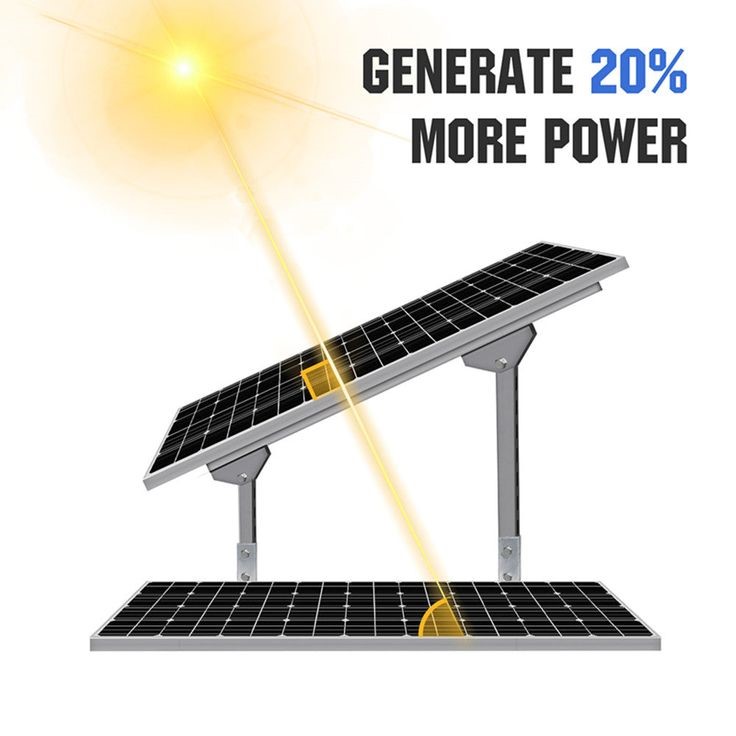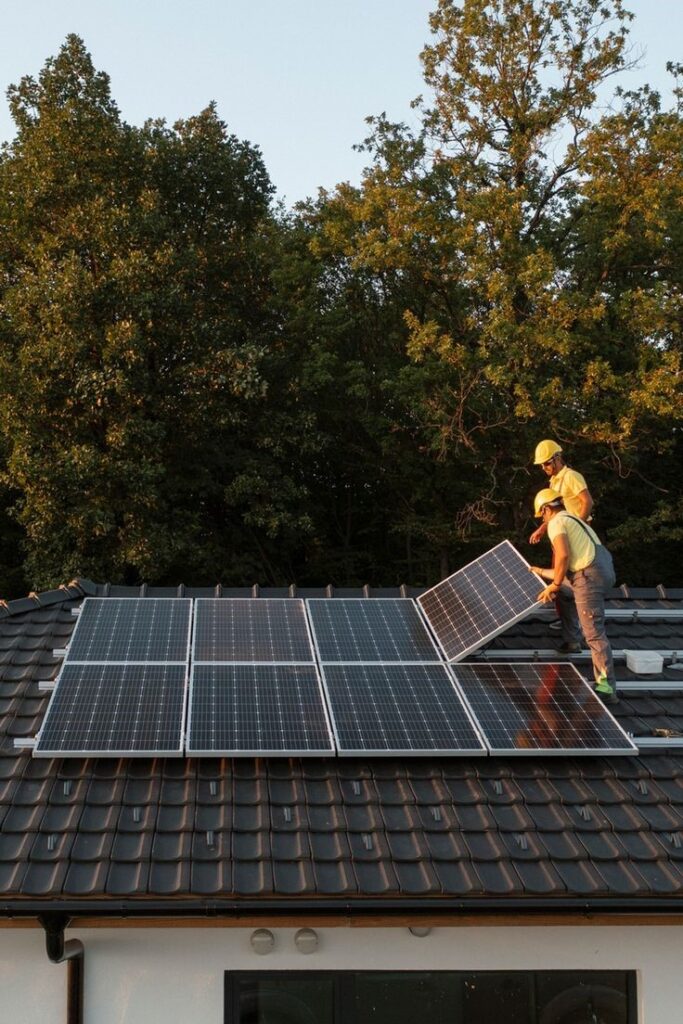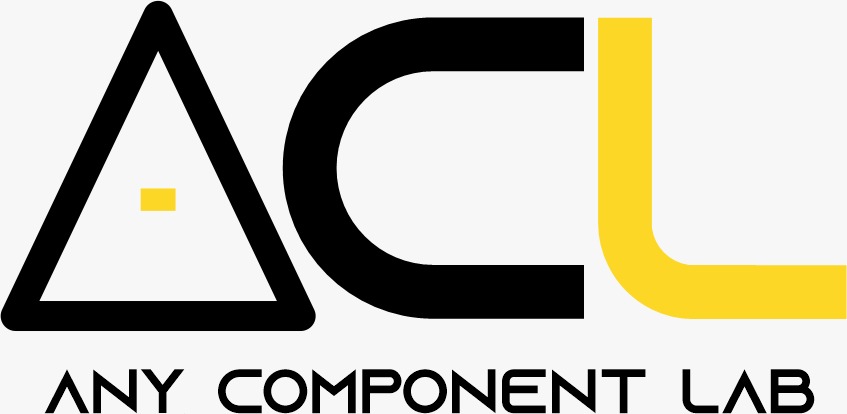How much do you know Solar panels? can we say it is the cornerstone of renewable energy? are we transforming the way we power our homes, businesses, and communities through the use of Solar Panels? This comprehensive guide will delve into the fascinating world of solar panels, exploring their functionality, advantages, types, installation process, and considerations for potential adopters.
How Solar Panels Work:
At their core, the solar panel converts sunlight into electricity through the photovoltaic effect. This process involves:
Photovoltaic Cells: These semiconductor cells, usually made of silicon, absorb sunlight’s photons, liberating electrons.
Electric Current: The liberated electrons flow through the cells, creating a direct current (DC) electricity.
Inverter: This device converts DC electricity into alternating current (AC), compatible with household appliances and the electrical grid.
Benefits of Solar Energy:
Solar panels offer a multitude of advantages, making them an attractive option for individuals and businesses alike:
Environmental Sustainability: Solar energy is a clean and renewable source, reducing reliance on fossil fuels and minimizing carbon emissions.
Cost Savings: They can significantly reduce electricity bills, potentially eliminating them altogether.
Energy Independence: Owning a solar panel system grants you greater control over your energy source, reducing reliance on utility companies.
Increased Property Value: Homes with the solar panel often command higher prices in the real estate market.
Government Incentives: Many governments offer financial incentives, like tax credits and rebates, to encourage solar energy adoption.

Types of Solar Panels:
Monocrystalline Solar Panel: The panel consist of a single crystal of silicon, offering high efficiency and long lifespan.
Polycrsytalline Solar Panels: Made from multiple silicon crystals, these panels offer lower efficiency but are most cost-effective.
Thin-Film Solar Panels: Utilizing a thin layer of semiconductor material, these panels are lightweight and flexible, suitable for various applications.
Installation Process:

Site Assessment: Professionals evaluate your property’s sustainability for solar panel installation, considering factors like roof type, sunlight exposure, and available space.
Permitting and Design: Obtaining necessary permits and designing a customized system based on your energy needs.
Panel Installation: Securely mounting the panels on your roof or ground-mounted structures, ensuring proper wiring and connections.
Inverter Installation: Connecting the inverter to the solar panel and the electrical grid, facilitating electricity conversion and distribution.
System Monitoring: Installing monitoring systems to track the performance and energy production of your solar panel system.
Considerations for Adopting Solar Panels:
Cost: While upfront costs can be significant, government incentives and long-term savings can make this device a worthwhile investment.
Roof Space and Orientation: Adequate roof space and optimal sun exposure are crucial for efficient energy production.
Aesthetics: Consider the visual impact of solar panels on your property and choose designs that complement your home.
Maintenance: Regular maintenance, including cleaning and monitoring, is essential for maximizing performance and longevity.
Solar panels represent a powerful technology for clean, sustainable energy production. By understanding their workings, benefits, types, and installation process, individuals and businesses can make informed decisions about adopting this technology. With increasing affordability and government support, solar energy is poised to play a pivotal role in shaping a more sustainable future.



